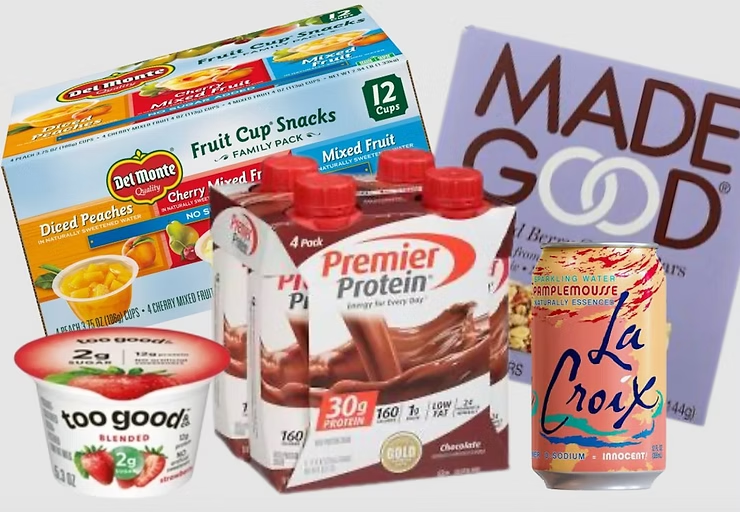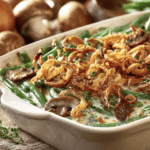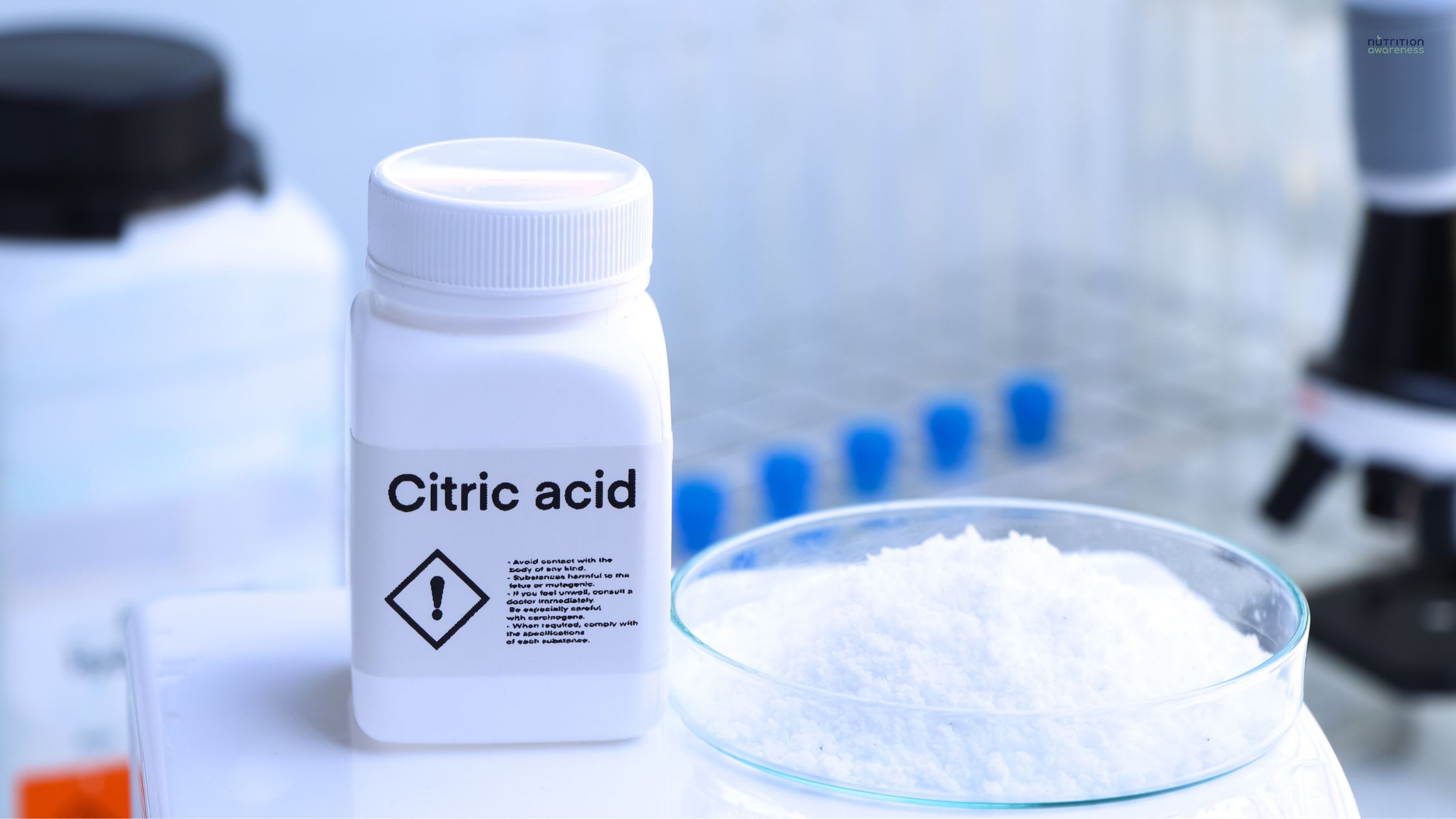If you’ve ever flipped over a package and scanned the ingredient list, chances are you’ve seen “natural flavors” pop up more than once. If you’re like I was, you may just skip right over it without a second thought. But what does the term “natural flavors” even mean? Are these flavors really natural—or is that just a clever marketing ploy? Are they any better than artificial flavors? Let’s break it down.

Why I became suspicious
A few years ago, I sat down with Sean Hall, the creator of Wellious protein powders. His goal with Wellious was to create the cleanest protein powder on the market with the fewest ingredients. I was super curious about the process of actually developing a protein powder, testing ingredients, etc. What he told me blew my mind. He told me that when he ordered “natural flavors” to test, they came as a white nondescript powder in a white bucket. His takeaway? This isn’t natural at all! Prior to that conversation, I hadn’t given much thought to natural flavors but that really made me question what these ingredients actually are. Why does this seltzer taste like black cherry but there are no black cherries or black cherry juice in it?
What are natural flavors, really?
According to the FDA, natural flavors are derived from plant or animal sources—think fruits, vegetables, herbs, spices, or even bark and roots. Sounds pretty earthy and wholesome, right? But here’s where it gets murky: the extraction and processing methods can be so intense that the final product hardly resembles its natural origin. In fact, chemically, natural flavors are often indistinguishable from artificial ones.
The nature fallacy
This brings us to a concept called the “nature fallacy”—the assumption that anything “natural” must be better or healthier. I have to admit I’m guilty of falling for this, but unfortunately the term “natural” isn’t well-regulated, especially in the U.S. This means food companies can slap it on products without much accountability. The result? Consumers often assume products with natural flavors are healthier, when in reality, they might not be any different from products containing artificial flavors. The bottom line is, these flavors are being made in a lab and do not resemble what they once did in nature.
The biggest issue I have with natural flavors is the lack of transparency. Companies aren’t required to disclose what flavors are made of unless they contain one of the top allergens (like dairy, nuts, or wheat). If it’s not something you’re ashamed of putting in your product, then put it directly on the label. Tell me where these flavors come from!
Sneaky sources of natural flavors often seen as healthy
Brands often marketed as healthy still use natural flavors to boost taste. I know, I know… a lot of these completely broke my heart too!
- Sparkling water and other carbonated drinks: Drinks like LaCroix list “natural flavors” but somehow manage to taste like desserts. How? It’s a mystery to me too! Here are some of the most popular sparkling waters that contain natural flavors:
- LaCroix
- Waterloo
- Flavored Pelligrino
- Polar
- Bubly
Smart Swap: Spindrift (only uses real fruit to flavor)
- Yogurt: Brands often marketed as healthy still use natural flavors to boost taste. Here are some of the most popular yogurts that contain natural flavors:
- Too Good Yogurt
- Ratio
- Chobani
- Dannon Light + Fit
- Activia
Smart Swap: Icelandic Provisions or Siggi’s
- Protein bars and snack bars: I often recommend RXBar and KIND bars to my clients, so this discovery was super disappointing. Here are some of the most popular protein bars and snack bars that contain natural flavors:
- RXBar
- KIND bar
- Made Good granola bars
- Quest protein bar
- Barebells protein bar
Smart Swap: Perfect Bar
- Protein shakes: Here are some of the most popular protein shakes that contain natural flavors:
- OWYN
- Premiere protein
- CORE power
- Koia
- Orgain
Smart Swap: You might not like this answer, but in order for a protein shake to be shelf-stable, it pretty much has to have added gums and stabilizers, not to mention most also contain sucralose, sugar alcohols or acelsulfame-K (all artificial sweeteners). Make your own shake! Use a clean protein powder like NAKED, a liquid base of organic milk or Elmhurst plant-based milk, a handful of frozen fruit and a handful of frozen greens for a nutrient packed meal or snack. Instead of some protein with processed oils and artificial sweeteners, you have a combo of protein, healthy fat, complex carbs and micronutrients. If you really don’t want to get out a blender, go for a Siggi’s yogurt shake.
- Toddler snacks: Even foods designed for babies and toddlers include natural flavors—despite clean labeling elsewhere on the package.
- Earth’s Best bars (AND all their puffs and other snacks)
- Plum Organics Jammy Sammys
- Z Bar
- Bobo’s Bars and Oat Bites
- Del Monte No Sugar Added Fruit Cups
Smart Swaps: Perfect Bar Minis and That’s It Crunchables
Foods I didn’t expect to contain natural flavors
After my deep dive into natural flavors, I decided to do a pantry and kitchen clean out. Here are some of the foods I was suprised contained natural flavors. Like, why?!? I just want to taste the actual food without the BS additives.
- Pickles
- Pistachios
- Oatmeal
- Granola
- “Healthy” popsicles
Final thoughts
Am I going to be able to totally cut natural flavors out of my diet? Probably not, but I am going to choose brands and products that are more transparent about what’s in their food whenever possible. It‘s taken a little detective work, but I have been able to find alternatives to all of the foods above. This doesn’t mean I think you should never eat an RXBar or drink a LaCroix again. On the spectrum of health, an RXBar is still far superior to most protein and snack bars and a LaCroix is way better than a Pepsi or Coke.
I’m definitely not here to scare you into never eating your favorite yogurt again. But understanding what “natural flavors” actually means can empower you to make better decisions—especially when it comes to foods you eat regularly or give to your kids.
Choosing a Chobani Complete Shake with natural flavors is still a major step up from grabbing a candy bar. But when given the option, why not go for the choice with fewer question marks?
I post more simple swap ideas on our IG- Follow us @nutrition.awareness
We were not paid to review any of the above products. All opinions are our own. This post may contain affiliate links.
About the author: Megan Ware, RDN, LD, is a registered dietitian nutritionist in Orlando, Florida. She owns a private practice, Nutrition Awareness, where she teaches other entrepreneurs and high performers how to maximize their productivity with nutrition. She is the author of the book The Optimized Life: A Nutrition Guide for Entrepreneurs and co-host of the Nutrition Awareness Podcast.
If you want to improve your health, lose weight, or increase your energy, schedule your initial consultation here.









